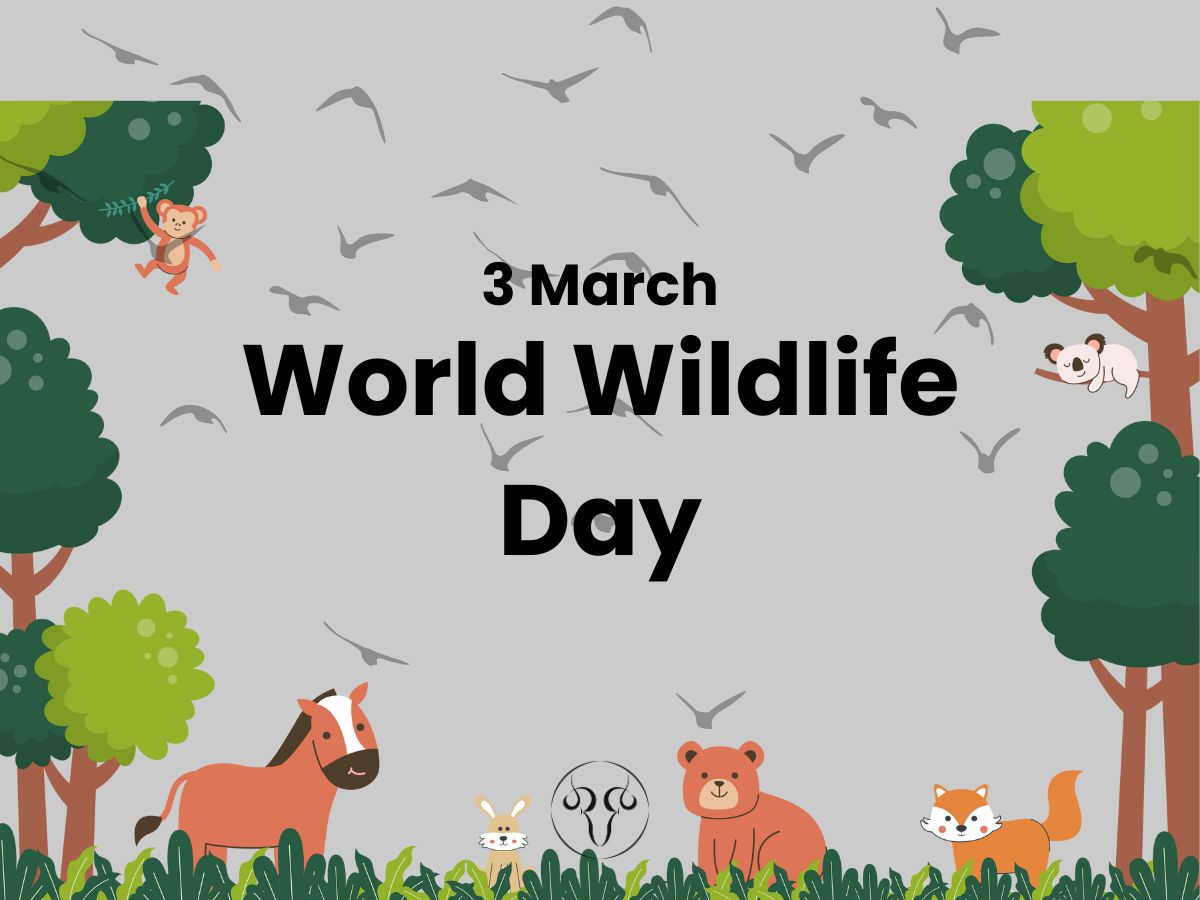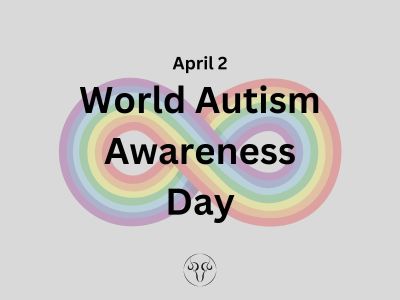World Wildlife Day

Every year on March 3rd, conservationists, environmentalists, and nature enthusiasts around the globe come together to celebrate World Wildlife Day. This international observance serves as a reminder of the importance of protecting and preserving our planet's diverse array of flora and fauna. Since its inception in 2013 by the United Nations General Assembly, World Wildlife Day has aimed to raise awareness about the critical role that wildlife plays in maintaining ecological balance and sustaining life on Earth.
The theme for World Wildlife Day 2024 is "Embracing Biodiversity for a Sustainable Future," which underscores the urgent need to safeguard our planet's rich biological heritage. Biodiversity, the variety of life forms on Earth, encompasses everything from microscopic bacteria to majestic mammals. It includes not only the diversity of species but also genetic diversity within species and the variety of ecosystems they inhabit. Biodiversity is the foundation of healthy ecosystems, providing essential services such as pollination, nutrient cycling, and climate regulation.
However, biodiversity is facing unprecedented threats due to human activities. Habitat destruction, climate change, pollution, poaching, and illegal wildlife trade are among the major drivers of biodiversity loss. These threats have led to alarming declines in wildlife populations worldwide, pushing many species to the brink of extinction. The loss of biodiversity not only diminishes the beauty and wonder of the natural world but also undermines the resilience of ecosystems and jeopardizes human well-being.
On World Wildlife Day, we are called to reflect on our relationship with the natural world and take meaningful action to conserve and protect biodiversity. Governments, organizations, communities, and individuals all have a role to play in addressing the challenges facing wildlife and ecosystems. Here are some ways we can contribute to the preservation of biodiversity:
Conservation Efforts: Support and participate in conservation initiatives aimed at protecting endangered species and their habitats. This may include habitat restoration, wildlife sanctuaries, and protected areas.
Sustainable Practices: Adopt sustainable practices in our daily lives, such as reducing our carbon footprint, minimizing waste, and choosing products that are ethically sourced and environmentally friendly.
Education and Awareness: Raise awareness about the importance of biodiversity and the threats facing wildlife through education, outreach, and advocacy efforts. Promote a culture of respect and appreciation for nature.
Combat Illegal Wildlife Trade: Take a stand against illegal wildlife trade by refusing to purchase products made from endangered species and supporting measures to combat wildlife trafficking.
Policy Advocacy: Advocate for strong environmental policies and regulations at the local, national, and international levels to protect biodiversity and address environmental challenges effectively.
Community Engagement: Engage with local communities and indigenous peoples who often have valuable knowledge and practices for sustainable resource management and biodiversity conservation.
Research and Innovation: Support scientific research and technological innovations aimed at understanding and mitigating the impacts of human activities on biodiversity.
World Wildlife Day serves as a poignant reminder of our shared responsibility to safeguard the planet's natural heritage for present and future generations. By embracing biodiversity and taking concerted action to protect wildlife and ecosystems, we can build a more sustainable and harmonious relationship with the natural world. Let us celebrate World Wildlife Day not just today but every day by committing to be stewards of biodiversity and champions for a healthier planet.









